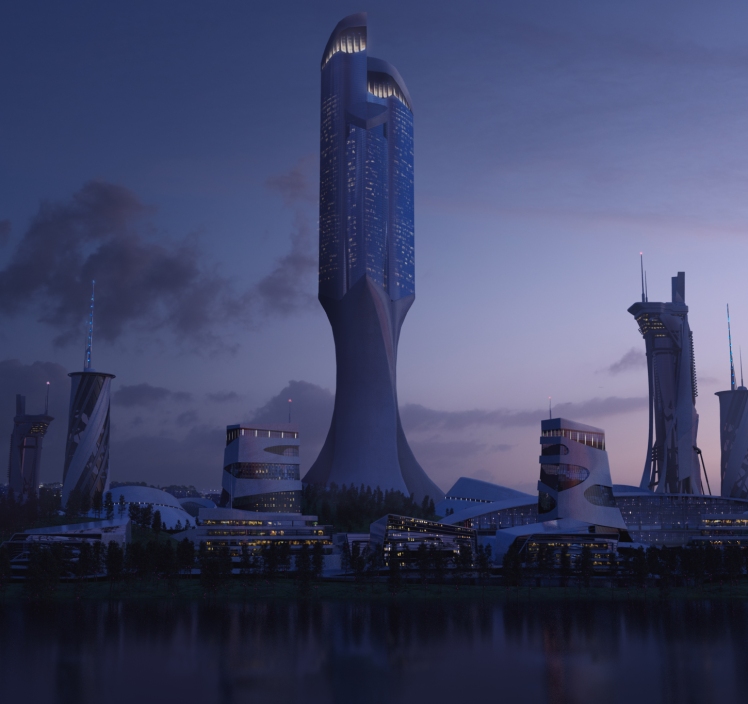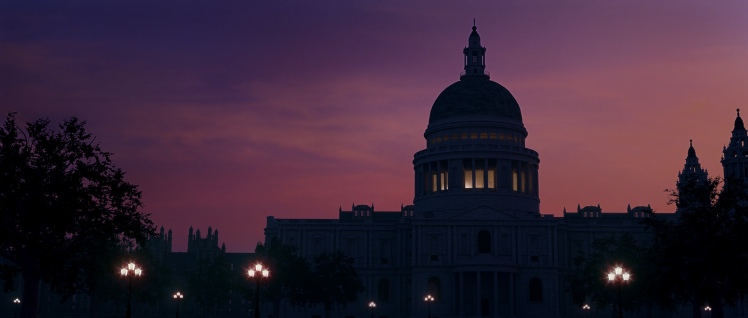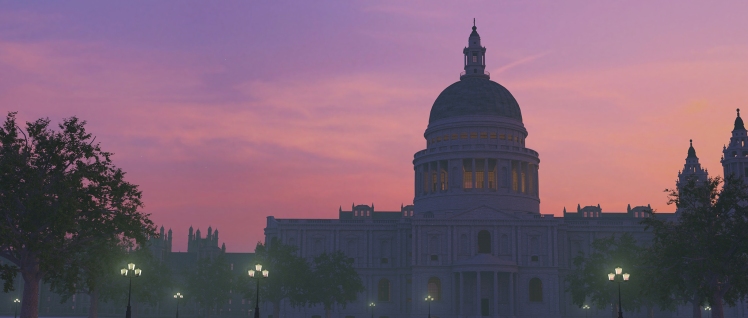Utopia Demo
I had the honor of giving a demo at University of South Florida St. Petersburg at the beginning of the year. This is one of the demos I made that weekend. Had a fabulous time with the students.
During the long weekend I spent a couple hours touching it up. I have a FREE version of the demo here: https://ericbouffard.artstation.com/store/JXpy/kitbash-demo
Big thanks to John Stanko for asking me down to give the lectures and demo. Hope you enjoy the image.















